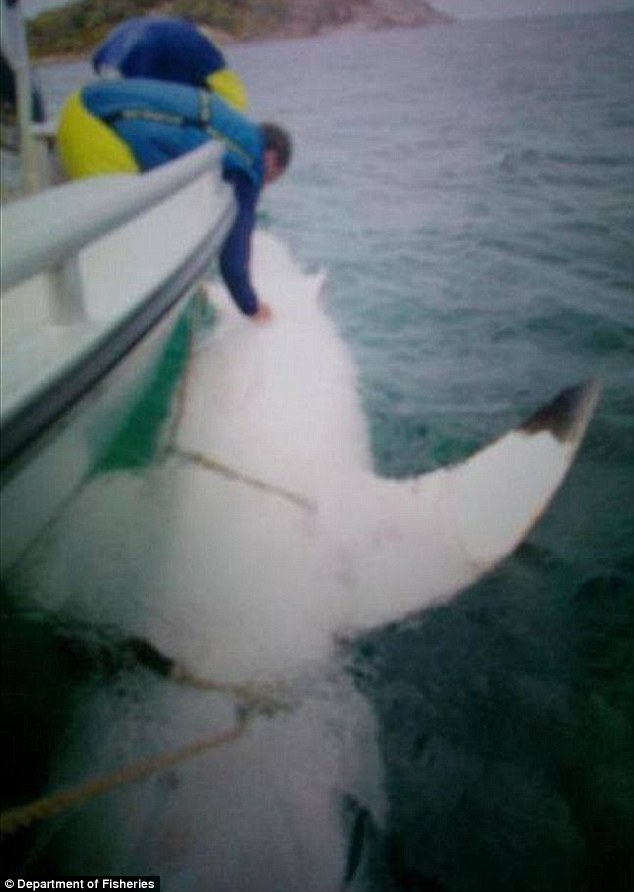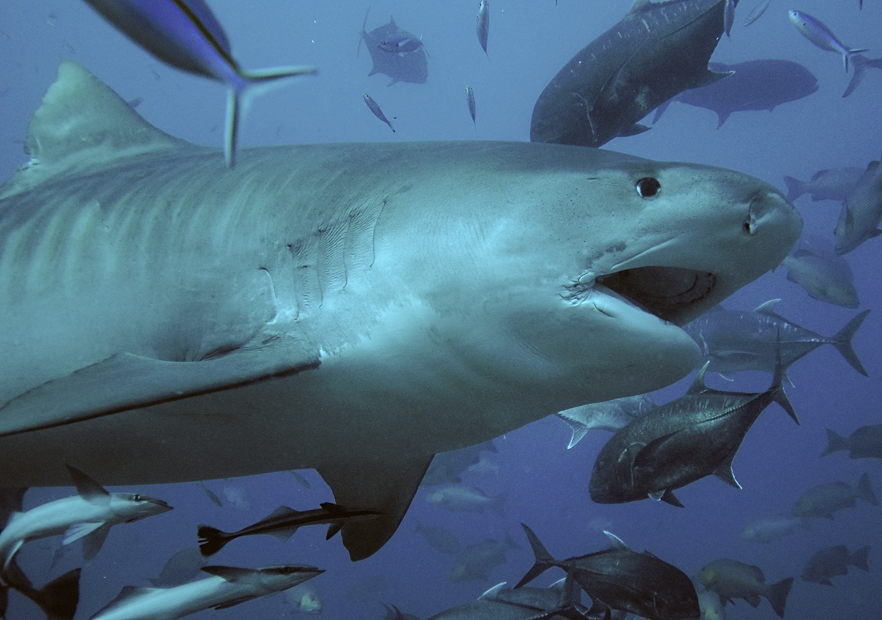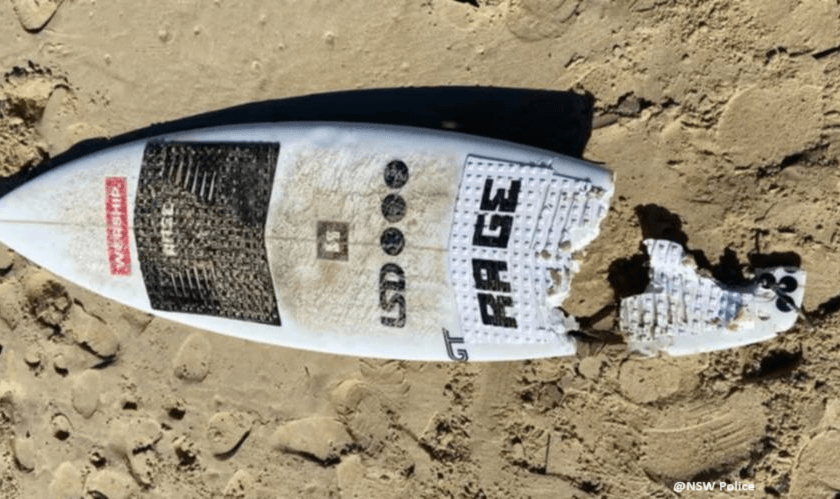A 9-foot great white shark was tagged and given the name Shark Alpha. Four months later, the tag washed ashore two and a half miles from the tagging location.
After retrieving the data, it was found the shark plunged down to a depth of 1,802 feet (580M). Not only did the depth rapidly change, but the recorded water temperature raised from 46 degrees up to 78 degrees. The 9-foot great white shark had been consumed.
Several sources believe the shark was eaten by another great white which would be around 16-feet long and weighing around 2 tons. Sharks of that size have been seen in Australia before. Earlier this year the Australian Department of Fisheries tagged an estimated 17-foot-long great white shark off the coast of Albany.
Mr. David Riggs, the filmmaker, also believes the predation could have been caused by another shark, “But by the same token, I’m not 100 per cent convinced” he told the Daily Mail. After speaking to sperm whale hunters in the Bremer Bay area Riggs heard about sightings of a fish 34-feet-long (10 .5m) traveling at 4.5 knots (5 MPH) but that never surfaced.
“The notion of gigantism is well documented in species, to me that (is) plausible” he said. Adding that “I’m not going down to notion of a prehistoric beast roaming out there.
“This is nature at work and we are just trying to get to the bottom of something that happened years ago.
“I don’t know that we will ever know what happened to that animal, but if reports are true we may get a glimpse of what they saw.”
While there is speculation that the shark was killed by a killer whale, Riggs doesn’t believe that theory is 100% plausible.
“Looking at the profile of the animal that ate it, 26 degrees, that’s pretty high but not enough to be a mammal but it’s something seriously huge to sustain that temperature – the larger the animal, the more capable it is of an elevated temperature,” he said.
However, had a killer whale ingested the shark (or parts of it), the temperature differentiation could be caused by the intake of cold water. Thus, the overall temperature of the stomach could lower.
The area where the event occurred hosts a natural phenomenon involving a massive hydrocarbon leak from a pocket under the seabed. This creates an ice like reef known as methane hydrate, which makes crustaceans release billions of nutrient rich eggs. This in turn brings in tons of little fish to eat the eggs, which in turn brings in bigger fish to eat the little fish.




Comments are closed.